
Watch dugouts for toxic cyanobacteria
There's been enough heat that producers should be on guard
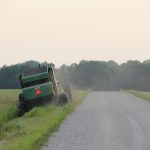
Be aware of ditch haying dangers
Washouts, culverts and soft spots can create risky situations
Farmers and ranchers should exercise caution when haying in ditches. Among the risks this year is excess water, says Angie Johnson, North Dakota State University Extension farm and ranch safety coordinator. “Precipitation has greatly improved the 2022 hay crop, but in some areas excessive moisture has been a challenge,” Johnson said. “The increase in surface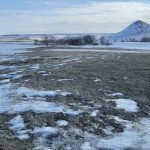
Extreme weather expected to delay pasture turnout
Last year’s drought and this year’s very slow spring mean trouble for pastures
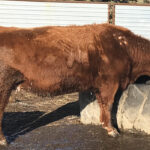
Resistance suspected in lice woes
Lice populations in cattle have become much more difficult to control

Forage analysis valuable in developing winter feeding program
Determining the nutrient content of forages and other feeds through laboratory analysis is the best way to design a nutrition program that meets livestock requirements

Management tips for frost-damaged soybeans
Soybeans killed at growth stages of full seed development and beginning maturity should be left out in the field to dry before harvest
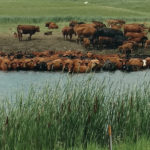
Watch for heat stress, summer pneumonia in beef cattle
The combination of heat and humidity can create stress on livestock
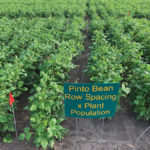
Dry beans respond to row spacing and plant population
Trials on black and navy beans show a slight advantage to narrow spacing and higher plant population
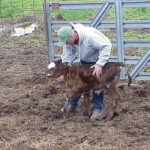
Diarrhea can be deadly for calves
A number of different factors can cause this serious issue
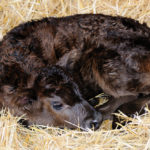
Prepare for spring calving
A few simple steps can set your operation up for success

